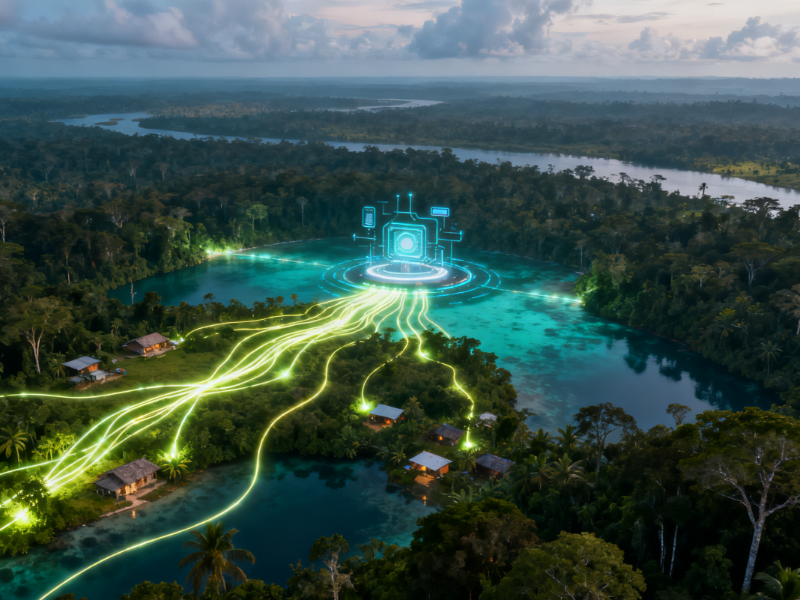- The project will bring undersea fibre cables and a regional data centre to Amazon states, supporting connectivity for millions of people.
- It reflects growing international investment in digital inclusion and infrastructure for remote, underserved communities.
What happened: AFD and IDB deploy submarine fibre cables and a data centre in Brazil’s Amazon region
The French Development Agency (AFD) and the Inter-American Development Bank (IDB) have announced a joint investment of up to $324 million to build submarine fibre‑optic cables and a data centre in Brazil’s Amazon region. As part of this initiative, cables will be laid in the states of Maranhão and Pará. In addition, a new regional data centre will be established in Maranhão, benefiting more than 15 million people, including remote riverside, Indigenous and quilombola communities. According to the announcement, these systems will integrate into the broader Global Gateway strategy and the IDB’s Amazonia Forever programme. The deal was formalised during a high-level ceremony and is subject to approval by Brazilian authorities, with full authorisation expected in 2026.
Also Read: Nokia unveils high-speed AI data centre switches
Also Read: Vertiv backs Digital Realty’s Rome data centre
Why it’s important
This project is strategically significant for both social and technological reasons. For the Amazon, it promises to bridge the digital divide by connecting thousands of isolated communities to high‑speed internet. This would support access to online education, telemedicine, e‑commerce and public services. According to AFD and IDB statements, the infrastructure will enable greater regional inclusion and resilience.
Technologically, the scheme signals a strong commitment to building back‑bone digital infrastructure in remote geographies. The deployment of submarine cable aligns with broader trends in Latin America, where data‑centre investment is surging: Brazil’s data‑centre market recently saw rapid growth, underpinned by green energy capacity and increasing hyperscale demand.
However, there are challenges. Constructing undersea cables in the Amazon region is complex, and maintaining reliable, sustainable power for the data centre will be difficult. Critics have already raised concerns about energy demand: although Brazil has a clean energy mix, its reliance on hydropower can lead to supply volatility.
If the deal succeeds, the implications could be profound: not only would millions gain access to digital services, but Brazil could also position itself as a hub for regional digital infrastructure. The project may serve as a model for how international development finance can help bridge the connectivity gap while stimulating sustainable economic development in remote areas.

